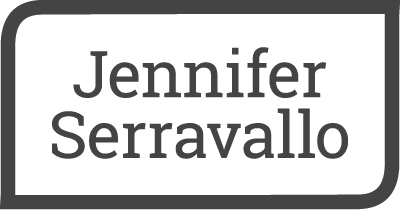Writing About Reading: The Power of the Pencil
April 2, 2025
Have you ever given students a highlighter and asked them to mark important sections of a text, only to find they’ve highlighted the entire page? Or asked students to record their thoughts in a reader’s journal and discovered that they’ve written nothing? Taking good, usable, purposeful notes isn’t something that comes naturally to all students. Rather it’s a skill we need to teach.
So how do we help students take notes that will help them remember what they’ve read, improve their comprehension, and further their learning? Purposeful, targeted strategies, of course!
The Advantage of Annotating
First, students must be able to identify and record important information from the text, or ideas they have while reading. Good annotations should therefore be short and not require students to pause their reading for too long.
Here are some strategies I use to help students learn how to start annotating while reading:
· During a read-aloud, you might model how to use a symbol— an exclamation point (surprise), question mark (confusion), or star (important)—on a sticky note which allows for continued reading but makes it easy to go back and revisit thinking.
· During a close-reading lesson, you might demonstrate how to use marginal notes—just key words or phrases—to capture thinking.
· During a guided inquiry lesson as students notice and name author’s craft, you could encourage them to quickly jot a name for the writing technique they point out.
Learn more about read aloud, close reading, and guided inquiry lessons
(and more!) in my new book, Teaching Reading Across the Day
The Edge of Exploring
Once students have mastered the art of the quick note while reading, they are ready to use writing as a tool to deepen or extend their thinking. Since the purpose of this type of writing is to expand learning and think on the page, the writing doesn’t need to be formal in its structure or voice. Rather, think of it as a way for students to explore freely to discover and arrive at bigger ideas, writing almost as if they are having a conversation with themselves on the page.
Here are some strategies I use to help students learn how to do extended writing that allows them to reflect and think deeply about what they have read:
· Ask students to revisit a text from a close-reading lesson and organize the notes (sticky notes work particularly well) they took by topic, questions/answers, or ideas to remember or share during conversations with peers in a book club.
· After a read-aloud, you might ask students to note a powerful line from the text. At the end of the read-aloud set aside time for students to copy the line into their notebooks and write any thoughts, comments, or reactions that come to mind.
· You might use a focus lesson to ask students to elaborate on a particular idea and jot down their initial thoughts to discuss with a classmate. After talking with their partner, they can elaborate in their notebooks on how their thinking changed and deepened. Not only does this help students further their learning, it also improves their speaking and listening skills.
Learn more about read aloud, conversation, close reading, and focus lessons
(and more!) in my new book, Teaching Reading Across the Day
Why Write About Reading
Eventually, the shorter jots and freeform writing can become literary essays, book reviews, or other more formal writing about reading. But it’s important to note that even the shorter and freer stuff has been shown to improve retention, strengthen comprehension, and deepen learning! It helps students determine important ideas, notice significant details, understand characters’ motivations, reflect upon their thoughts and feelings, appreciate different points of view, organize their thoughts, identify key aspects of author craft, and more. And it helps to make their thinking visible to you, their teacher, which will fuel your differentiated instruction and responsive teaching.
Some students will embrace this type of writing about reading and will write frequently. Others will find that writing about what they have read helps in certain circumstances but not in all. The point is to teach students how writing can help them improve their understanding and expand their learning and let them determine which strategies work best for them.
Learn more about strategies for writing about reading (a whole chapter’s worth)
in The Reading Strategies Book 2.0

